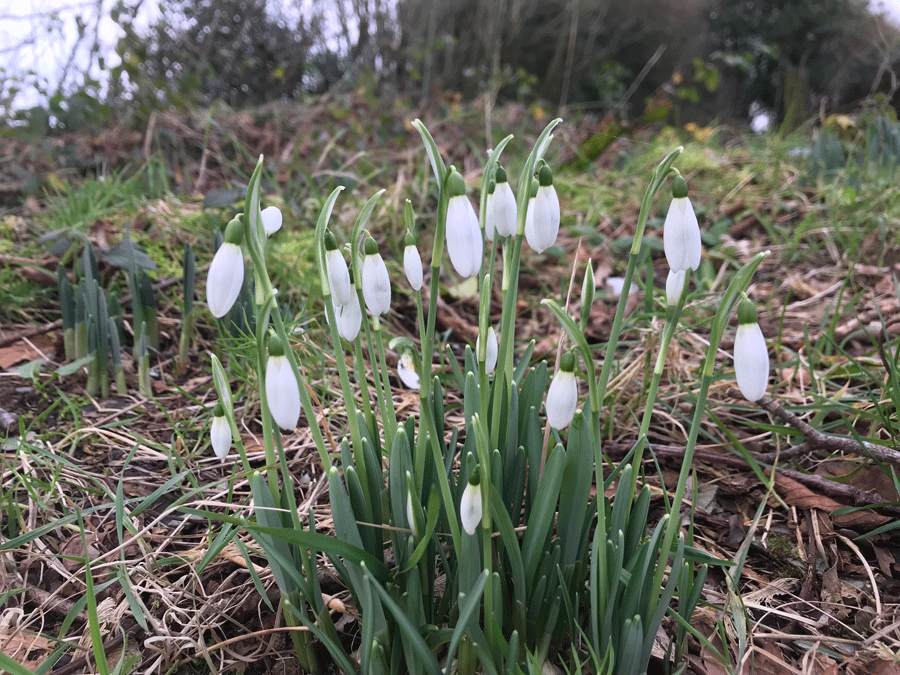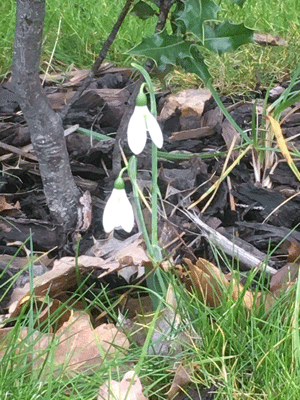Woodland Trust Project Records spring activity started November
 The Woodland Trust’s Nature’s Calendar project has received over 64 records of early spring activity that started in November 2018, say the charity, including insects that have been spotted active up to five months earlier than usual.
The Woodland Trust’s Nature’s Calendar project has received over 64 records of early spring activity that started in November 2018, say the charity, including insects that have been spotted active up to five months earlier than usual.
Mild weather seems to have temporarily disturbed insects from hibernation – a small tortoiseshell butterfly appeared flying outdoors on Christmas Day in Merthyr Tydfil and a red-tailed bumblebee on Boxing Day in Somerset. The average date for small tortoiseshells is 14th April and for bumblebees 26th March.
Other signs recorded by members of the public include flowering snowdrops spotted in Southampton on 30th November – over a month earlier than expected – and a flowering oxeye daisy in Gloucestershire on 28th December, despite normally blooming from mid-April to early June. There have been 23 Hazel flowering records, beginning 1st December – this usually happens in early March.
 According to the Nature’s Calendar even birds made an early appearance with a song thrush heard in eleven locations since the 5th December and increasingly reported singing all winter, though expected mid-March. Blue tits were also seen exploring a nesting box on 26th December, though the UK average nesting date is 4th April.
According to the Nature’s Calendar even birds made an early appearance with a song thrush heard in eleven locations since the 5th December and increasingly reported singing all winter, though expected mid-March. Blue tits were also seen exploring a nesting box on 26th December, though the UK average nesting date is 4th April.
Although Met office records show November and December 2018 as mild, with average temperatures more than 1oC above the 1981-2010 long term average, the potential of a cold snap on the way could mean more delicate species suffer.
Dr Kate Lewthwaite, citizen science manager for the Woodland Trust points out that once again, despite being in the throes of January, flora and fauna are reacting to milder climates and spring seems to have sprung early: “We were far from a white Christmas, with hazel flowers and snowdrops being spotted by our citizen scientists across the country. Data like this has continuously brought into question the way we think about the seasons, and to see spring in December no longer seems unusual. The more data we have, the better we will understand the effects of warm winters, cold snaps and heatwaves. In short, we need more Nature’s Calendar recorders,” she said.
By recording the timings of natural phenomenon, thousands of people have enabled Nature’s Calendar to become a leading survey into how climate change is affecting UK plants and wildlife. In 2018 we saw an early spring paused by the “beast from the east” only for a summer heatwave to make berries ripen early and conkers shrink.
If you would like to become a Nature’s Calendar recorder please visit naturescalendar.woodlandtrust.org.uk
Photo credits: All photographs strictly ©The Woodland Trust – banner recorded by a recorder in Cornwall, side photograph recorded by a recorder in Hants.

